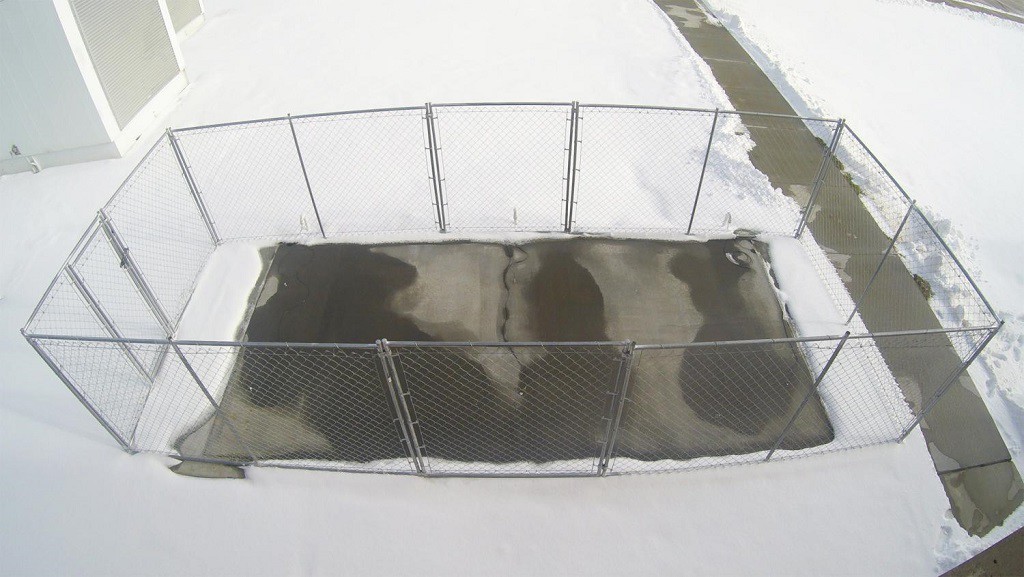The de-icing asphalt

phys.org
In those countries that are subject to heavy snowfalls in winter, getting around becomes a problem due to the snow-clad and icy roads; calling the snow plough or sprinkling salt on the roads are efficient solutions but they last for a limited period of time, since the bad weather might be persistent. So why not to search for an alternative solution, maybe tackling the roots of the problem? Even though snowfalls cannot be avoided (luckily or unfortunately), roads whereon snow lies on could be made special. This is the idea that Chris Tuan had, a civil engineering professor at University of Nebraska, that conceived an asphalt that dissolves the snow that lies on it. Tuan has had in mind this special mixture since long time, but only during last December a real experiment has been conducted, when 6 m2 of this special asphalt has been put down outside the professor’s studios. Just as the snow arrived, it started to cover the areas, and initially also the area constituted by this special asphalt. But, as the minutes passed, the snow started to disappear magically, presaging the success of the experiment.

But how can this asphalt dissolve snow?
Steel shavings and carbon particles are added to the normal mixture used to build the normal roads we all know. They only constitute the 20% of this new mixture, enough to make visible the peculiarity of this add: indeed, these ingredients are capable of conducting electricity, and they can dissolve ice and snow during winter storms, making them safe. To do this, the asphalt has to be linked to an electric source, and, thanks to the electric conductivity of the new ingredients, the asphalt can generate heat that spreads up to the road surface to dissolve ice and snow.

There are also other advantages that this asphalt can bring; for instance, it can help the enviroment, reducing the usage of salts and chemical agents that are sprinkled on the roads to avoid roads to be icy. Besides professor Tuan has demonstrated that, substituting limestone and sand normally used for the mixture with a mineral called magnetite, the asphalt would be able to shield electromagnetic waves, such as radio frequencies. This, according to the professor, makes the asphalt suitable to the anti-espionage industry. “I’ve built a small building with this mixture, near my laboratory” says Tuan “If someone interested in my invention tries to go in, he’ll find out that there would not be cell coverage”.
Actually the asphalt has been already experimented in 2002, when the Roca Spur Bridge, a 150 m bridge, was covered by 52 asphalt slabs, that has been successfully dissolving the snow for all these years. The next step for the researchers is to extend the project; indeed, they’re waiting for the American Aviation Federation to give them the green light, that could arrive after rigid tests that will be made in March. The asphalt is intended to be used in the American airports, mostly in the crucial points, such as those near restoration area, luggage service and air refueling ones.

This special asphalt costs more than the normal one: indeed, it’s going to cost 300 euros per m3 compared to 120 euros per m3 of the normal one. But, according to Tuan, investing on the asphalt in the beginning will bring benefits later: “The power needed to dissolve the snow on the Roca Spur Bridge during 3 rough days costs 250 euros, much less than a salt ruck in the same period of time”.
And when it’s about innovation, we take of course an interest in that.
